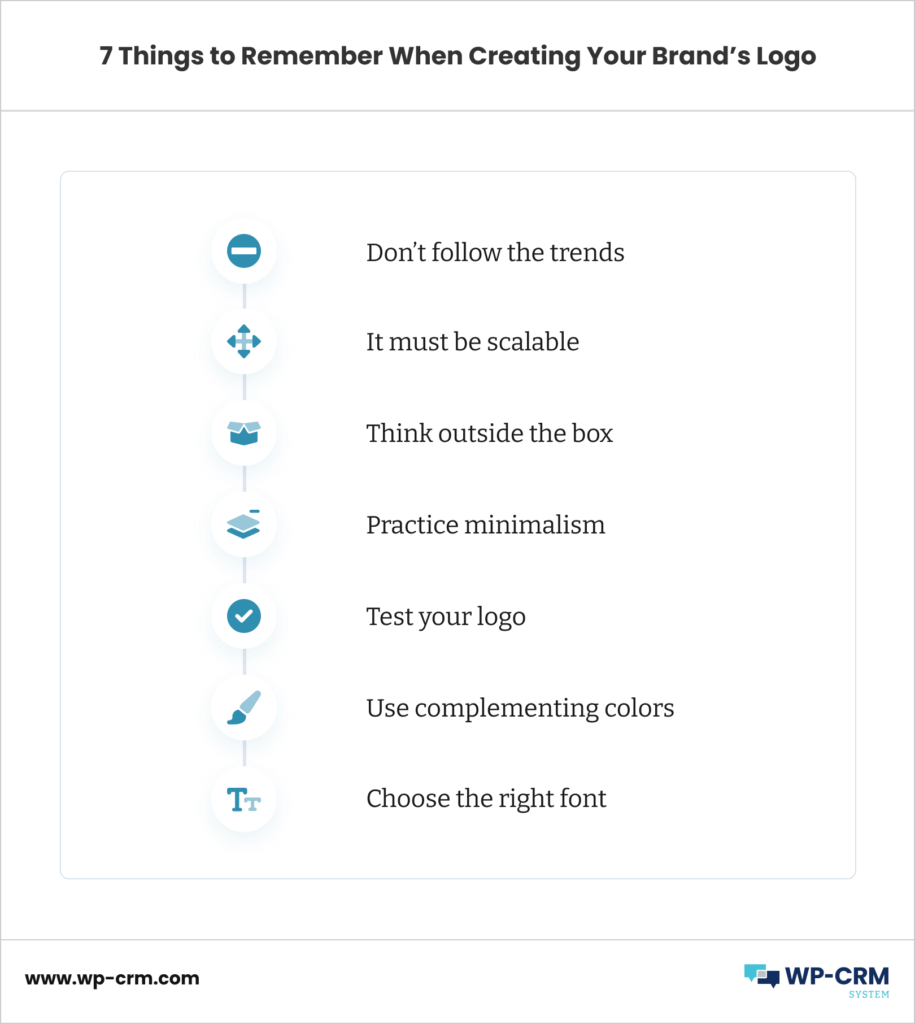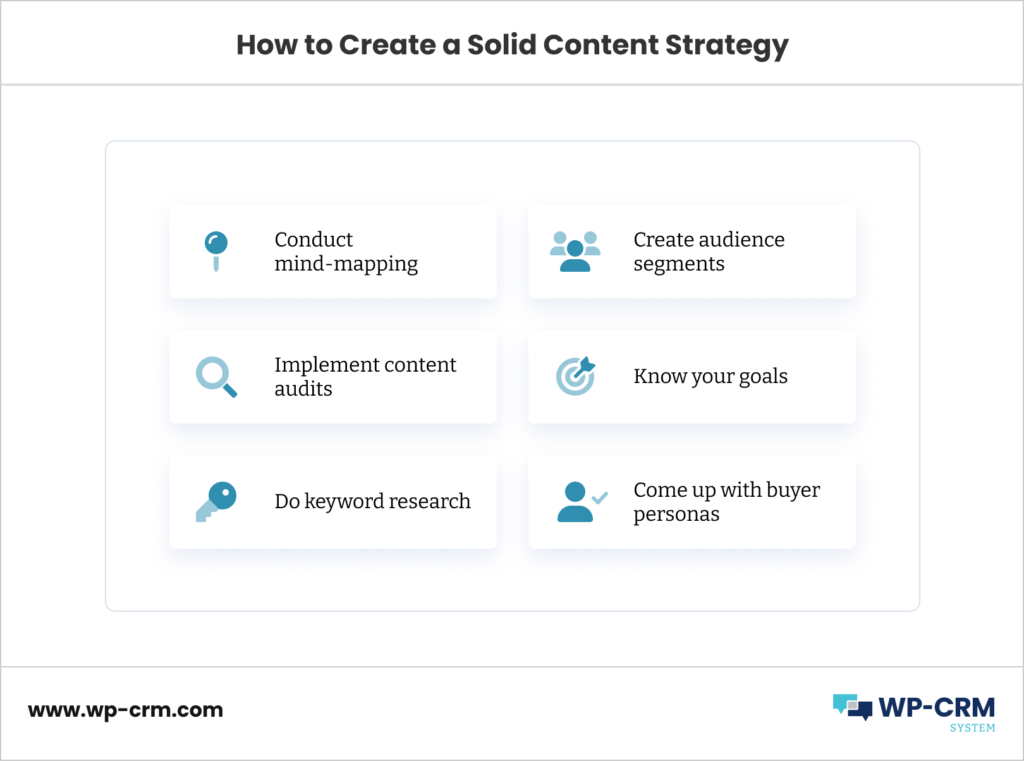How to do Website Branding Right? 6 Tips to Elevate Your Business
Brands that are easily recognized by the public usually get more attention and perform better. There’s this thing called “social proof”, wherein people follow other individuals’ actions to “do what’s right” for specific situations. It is a psychological phenomenon that a lot of brands apply in their marketing strategies.
Additionally, consumers tend to buy from companies that are familiar to them. For example, most people have probably heard of the brand “Nike”, as the company has made a name for itself globally. When planning on buying a pair of running shoes, would you go for a brand that you haven’t heard of before, or will you resort to getting sneakers from a trusted name such as Nike? You’ll most likely go for the latter, as you know how established this company is and how much people trust them.

There are many ways to try and make your brand name well-known, but one of the best steps is working on your website branding. Your webpage is one of the places your potential customers see, and it should be your goal to make a lasting impression on them. Everything should be done right – from the design, content, and even down to the buttons and navigation, the website must leave an imprint on your online visitors.
What is Website Branding?
Website branding refers to the way a webpage represents the brand’s personality and image. The messaging should align with the company’s values and vision, and everything should be consistent to avoid confusion within the target market. The branding should capture the essence of the business’ characteristics so the audience will have a specific image in mind whenever they hear about your brand name.
If you are looking for ways to elevate your business through website design and branding, then you have come to the right place. Let’s start diving into the steps you must take to do website branding correctly.
Pick a Theme
One of the first things you must do when creating a website for branding is choosing a central theme. Most CMS, such as WordPress, offer pre-built themes that you can use and install to your website, but you can also choose to customize your own. The theme should match your brand’s colors, tone, and identity. Moreover, the text should also be readable, and the photos should be completely visible to the audience.
Choose a Simple Logo
Avoid making your logo look busy and keep it as simple as possible. The simpler it looks, the easier it is for your customers to remember. Just make sure to capture the essence of the brand and stay true to your colors. You’d also want to make sure that the logo appears on the website consistently so your web visitors can see and remember it.
Here are some things to remember when creating your logo for website branding:
- Don’t follow the trends and stick to your company’s values.
- The logo should be scalable.
- Be creative and unique to stand out from your competitors.
- Practice minimalism if possible.
- Test your logo.
- Choose the right font and colors.

Know Your Goals
Creating a website for personal branding can be confusing if you haven’t set your goals for it. Before you start:
- Consider brainstorming with the marketing team.
- Gather your writers and designers and ask them for suggestions regarding the website branding design.
- Tell them what you have in mind and the things that you are looking to achieve.
- Consider using a CRM system wherein everyone can track project updates and progress and additional suggestions for the website branding.
Furthermore, using a CRM tool will make the comms within the team a lot more efficient.
Additionally, you should also know your target audience well. Pick out some of your best customers and create personas around them.
Remember that everyone has different preferences, and it is impossible to attract all people to your webpage. Once you have created different personas, you can now determine their pain points and interests and incorporate those into your website branding.
The Website Should be User-Friendly
By now, this factor should be a no-brainer. Consumers use different devices to browse and shop online, which means that your website must adapt to all gadgets. Customers often look at a website’s usability, and if it seems too complicated to navigate, then chances are they will find another one that’s easier to use. Moreover, it will give a negative connotation to your brand, as it will seem as if you are not taking your clients’ needs into account.

Here are some ways to make your website user-friendly:
- Work on responsiveness.
- Add updated contact information.
- Your content must be skimmable.
- Add search functionality.
- Work on your page load speed.
- Provide intuitive navigation.
- Use high-quality images.
- The site must be mobile-friendly.
Work on Your SEO
One of the most important factors for website branding design is search engine optimization or SEO. You want your brand to reach the right audience, and the best way to do so is by using the correct keywords on your webpage. This way, your brand name will appear on search engines such as Google, Yahoo, and Bing. However, note that doing ample research is the key to a successful SEO strategy. Use tools such as the Google Keyword Planner and Ubersuggest to find your website’s most suitable key phrases.
Come Up With a Strong Content Strategy
Having a blog page is essential for your business, especially if you want to elevate your brand through website branding. Your articles are a great way to introduce your products and services to the masses and provide information that your audience will deem helpful.
Furthermore, you can add keywords to make the articles visible to the people that you are targeting.
Here are a few key things to keep in mind when creating a solid content strategy:
- Know what you want to achieve.
- Create audience segments and buyer personas.
- Conduct mind-mapping.
- Implement content audits every once in a while.
- Do intensive keyword research.

Wrapping Up
Website design and branding don’t have to be complicated – as long as you have the right strategy at hand. The payoff is worth it, as we are talking about building a solid name within the community. Once you establish a name for yourself in your respective industry, you can expect the leads and conversions to come naturally. Start by applying the steps that we have provided above and see your brand grow in no time.
